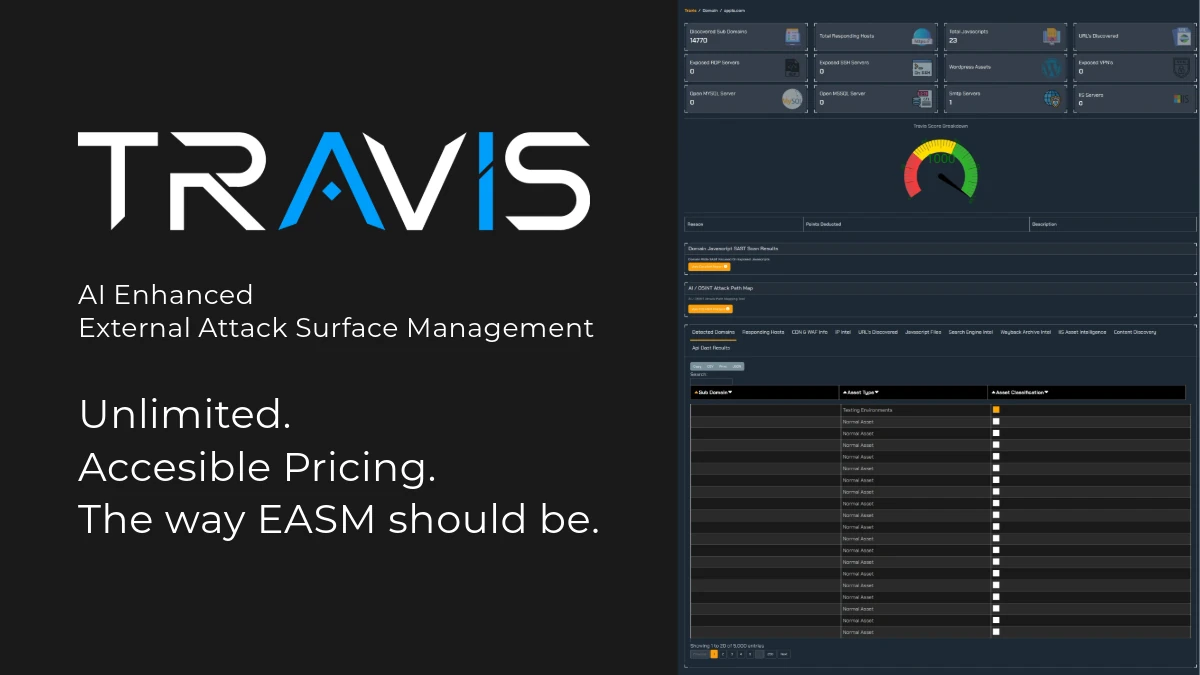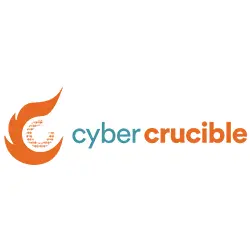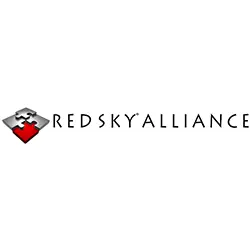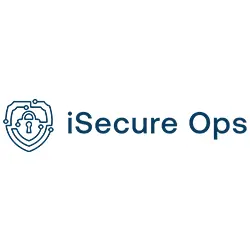Grab your favorite beverage (or adjust that standing desk) because it’s time to talk about something critical: CVE-2024-9463. Don’t worry, this will be more engaging than your last meeting about firewall policies.
What’s Happening?

It’s October 22, 2024, and while you were debating if AI could ever master the art of humor, the cybersecurity realm was shaken by a major vulnerability in Palo Alto Networks Expedition. Think of it as discovering a secret tunnel in your high-security vault that you never knew was there.
CVE-2024-9463, or as we like to call it, "The Rogue Command Invader," was disclosed recently. And believe me, it’s got IT teams hustling to apply fixes quicker than you can say "root privileges."
The Essentials (or "Why You Should Care")
Let’s break it down without the tech jargon:
- What’s the issue? An OS command injection vulnerability. Simply put, it’s like someone sneaking into your system and running whatever commands they please.
- Who’s affected? Users of Palo Alto Networks Expedition versions 1.2.0 through 1.2.95 need to take note.
- How bad is it? On a scale from "minor glitch" to "time to panic," it scores a 9.9 out of 10 – that’s CRITICAL.
This vulnerability impacts:
- Expedition (versions 1.2.0 to 1.2.95)
- Palo Alto Networks tools (because variety keeps security interesting)
Why This Should Be on Your Radar
I get it—another vulnerability alert. But before you mark this as "later," consider this:
Your Expedition setup is like the nerve center of your network’s defenses. CVE-2024-9463 is a chink in that armor. Even a tiny vulnerability can open the door to major breaches if ignored.
Still not convinced? Here’s why this is more important than choosing your next lunch spot:
- Data Integrity: Your data is the treasure of your digital kingdom. This flaw is like having a crafty thief with a master key.
- Compliance Stakes: GDPR, CCPA, HIPAA—you name it. This vulnerability could push you out of compliance faster than you can say "data protection officer."
- Reputation Risks: In today’s digital age, news of a data breach spreads like wildfire. And trust me, it’s far less entertaining than your favorite viral video.
Introducing TRaViS: Your Ultimate Security Sidekick
Before you consider switching careers to something less tech-heavy (perhaps artisanal cheese making?), let me introduce you to TRaViS (Threat Reconnaissance and Vulnerability Intelligence System).
Imagine TRaViS as the savvy friend who always knows the latest security threats before anyone else, but in this case, it's all about safeguarding your systems. It’s designed to:
- Identify vulnerabilities with the precision of a hawk eyeing its prey.
- Analyze threats as thoroughly as a detective solving a mystery.
- Mitigate risks more efficiently than a seasoned project manager organizing a chaotic office.
- Monitor your systems 24/7, because unlike your favorite plant, TRaViS never takes a break.
In the upcoming sections of our "Securing Your Palo Alto Networks Expedition" guide, we’ll delve into how TRaViS can elevate your security from "fingers crossed" to "bring it on, cyber threats."
Stay tuned, keep those systems updated, and remember: in cybersecurity, a bit of vigilance goes a long way.
(P.S. If you haven’t reviewed your Expedition setup yet, now’s the perfect time. Better safe than sorry, right?)
II. CVE-2024-9463: The Unwanted Intruder in Your Security Suite
A. The "Who Let the Commands Run?" Flaw
Let’s unpack CVE-2024-9463 – the vulnerability that's got admins reaching for their emergency snacks. Imagine your Expedition setup as the security guard of your network. Normally, it’s great at keeping out unwanted guests. But CVE-2024-9463 is like someone whispering the secret password that lets intruders slip past unnoticed.
Here’s the scoop in plain language:
- Vulnerability Type: OS command injection (basically, unauthorized command execution on your system)
- Affected Versions: Expedition 1.2.0 through 1.2.95
- Impact: Unauthenticated attackers can run arbitrary OS commands as root, leading to:
- Disclosure of usernames
- Exposure of cleartext passwords
- Access to device configurations
- Theft of device API keys for PAN-OS firewalls
The twist? This isn’t just a server problem. It’s like the vulnerability decided to throw a wild party and invited all your sensitive data without permission.
B. Why This Vulnerability is More Alarming Than a Software Glitch
You might think, "Another vulnerability? No big deal." Think again! This issue is more critical than forgetting to mute yourself on a video call. Here’s why:
- Privilege Escalation: A minor breach can escalate into a full-scale "keys to the kingdom" situation faster than you can say "sudo make me a sandwich."
- Wide Impact: Affecting multiple versions and components means it’s not just your main server—your entire ecosystem could be at risk.
- Compliance Headaches: Auditors love nothing more than finding glaring vulnerabilities in your security setup. GDPR, HIPAA, and others are watching closely!
- Reputation Damage: In the digital era, a security breach spreads like wildfire, and it’s far less charming than your latest meme.
C. Enter TRaViS: Your Digital Shield and Sword

Now that we’ve stirred the pot a bit, let me introduce the star of our story: TRaViS. No, it’s not a trendy new café—it stands for Threat Reconnaissance and Vulnerability Intelligence System, and it’s about to become your best ally.
Think of TRaViS as the ultimate multi-tool of cybersecurity, smarter and more versatile than any gadget you own. Here’s why TRaViS is your go-to defender against CVE-2024-9463 and other threats:
- Keen Detection: TRaViS spots vulnerabilities with the sharpness of an eagle scanning the horizon.
- In-Depth Analysis: It doesn’t just find issues; it understands their impact on your unique setup. Elementary, my dear Watson!
- Tailored Solutions: TRaViS crafts customized mitigation strategies suited to your environment, like a tailor-made suit for your security needs.
- Round-the-Clock Protection: Unlike that coffee machine you forget to maintain, TRaViS is always on duty, monitoring for new threats.
- Seamless Integration: TRaViS works effortlessly with your existing tools, enhancing your security infrastructure without a hitch.
III. CVE-2024-9463: When Your Security System Becomes Too Trusting
A. The Breakdown: What’s Really Going On?
Alright, tech detectives, it’s time to don our magnifying glasses and investigate CVE-2024-9463. Picture this vulnerability as that overly trusting friend who hands out house keys to everyone they meet—not the best idea, right?
- The "Go Ahead, Run That Command!" Issue
At its core, this vulnerability is about Expedition’s excessive trust in handling OS commands. It’s like leaving your front door wide open and hoping only friendly neighbors drop by.- Technical Details:
- OS Command Injection: Allows attackers to execute arbitrary commands as root.
- Consequences: Exposure of sensitive information such as usernames, passwords, device configurations, and API keys.
- Technical Details:
- Windows Wonderland: Why It Prefers Windows
Here’s where it gets interesting—this vulnerability has a particular affinity for Windows systems. It’s like the vulnerability equivalent of having a favorite child (tsk tsk).- Impact on Windows:
- Local Privilege Escalation: Think of it as accidentally handing your intern the master key to the office.
- Why Windows? Because sometimes vulnerabilities like to keep things platform-specific and exciting.
- Impact on Windows:
- The Expedition Family Gathering (of Trouble)
This isn’t just a one-product issue. Oh no, CVE-2024-9463 decided to bring the whole Expedition family to this security fiasco:- Affected Versions:
- Expedition 1.2.0 through 1.2.95
- Vendor: Palo Alto Networks
- Nature: Unauthenticated attackers can execute commands as root, leading to severe data breaches.
- Affected Versions:
B. Why Your CTO Should Be Concerned
- Security Risks: Beyond Just Data
When we discuss the impact, we’re not talking about minor glitches. We’re in "pull out the big guns" territory here.- Data Breach Bonanza: Elevated privileges mean attackers can access, modify, or delete data faster than you can say "Where’s our backup?"
- Lateral Movement Mayhem: Once inside, attackers can spread through your network like a bad office rumor.
- Stealth Mode Activated: High-level access allows attackers to cover their tracks, staying undetected longer than that forgotten lunch in the office fridge.
- Compliance: The Costly Game
In the realm of data regulations, ignorance isn’t bliss—it’s a direct path to hefty fines.- GDPR: The EU’s data protection regulation doesn’t just apply to EU companies. If you have EU customers, you’re in the club, and they love handing out fines like party favors.
- CCPA: For those dealing with California residents, non-compliance can lead to significant penalties.
- HIPAA: Healthcare data breaches? Prepare for fines that’ll make your accountant shed a tear.
C. Why Addressing This Vulnerability is Like Hunting for a Needle in a Haystack (But Worth Every Effort)
Detecting and mitigating CVE-2024-9463 isn’t exactly a leisurely walk in the park. It’s more like navigating a labyrinth where every corner could hide a potential threat.
- The Invisible Menace: This vulnerability doesn’t wave a flag or set off alarms. It’s stealthy, operating behind the scenes like a ninja in your database.
- Version Confusion: With multiple affected versions, keeping track of what needs patching is like herding cats—challenging and likely to leave you with scratches.
- Platform Predicament: Being Windows-specific adds another layer of complexity for organizations with mixed environments. It’s like playing a game where only some pieces are causing trouble.
- Patch Challenges: Updating Expedition isn’t as simple as refreshing your browser. It often requires downtime, thorough testing, and a circle of prayer for DBAs hoping nothing breaks.
- Legacy Systems Woes: Older systems that can’t be easily updated? They’re like that old flip phone you keep "just in case"—nostalgic, but a security nightmare.
In conclusion, CVE-2024-9463 is the unwelcome guest at your Palo Alto Networks Expedition soirée that you definitely want to show the exit. But don’t fret—in our next exciting installment, we’ll discuss how TRaViS can be your security gatekeeper, keeping your data safe and your compliance officers smiling.
Remember, in the realm of cybersecurity, it’s better to be the vigilant guardian than the oblivious one wondering where all the secrets went!
Stay Secure, Stay Informed
Reference: Palo Alto Networks Security Advisory PAN-SA-2024-0010
Disclosure: Reported by Enrique Castillo of Palo Alto Networks and published on October 9, 2024.
Recommendation:
Immediately upgrade to Expedition 1.2.96 or later and rotate all relevant credentials to mitigate potential risks associated with this critical vulnerability.
Stay tuned for more insights and tips on fortifying your digital defenses!
Contact us today:











